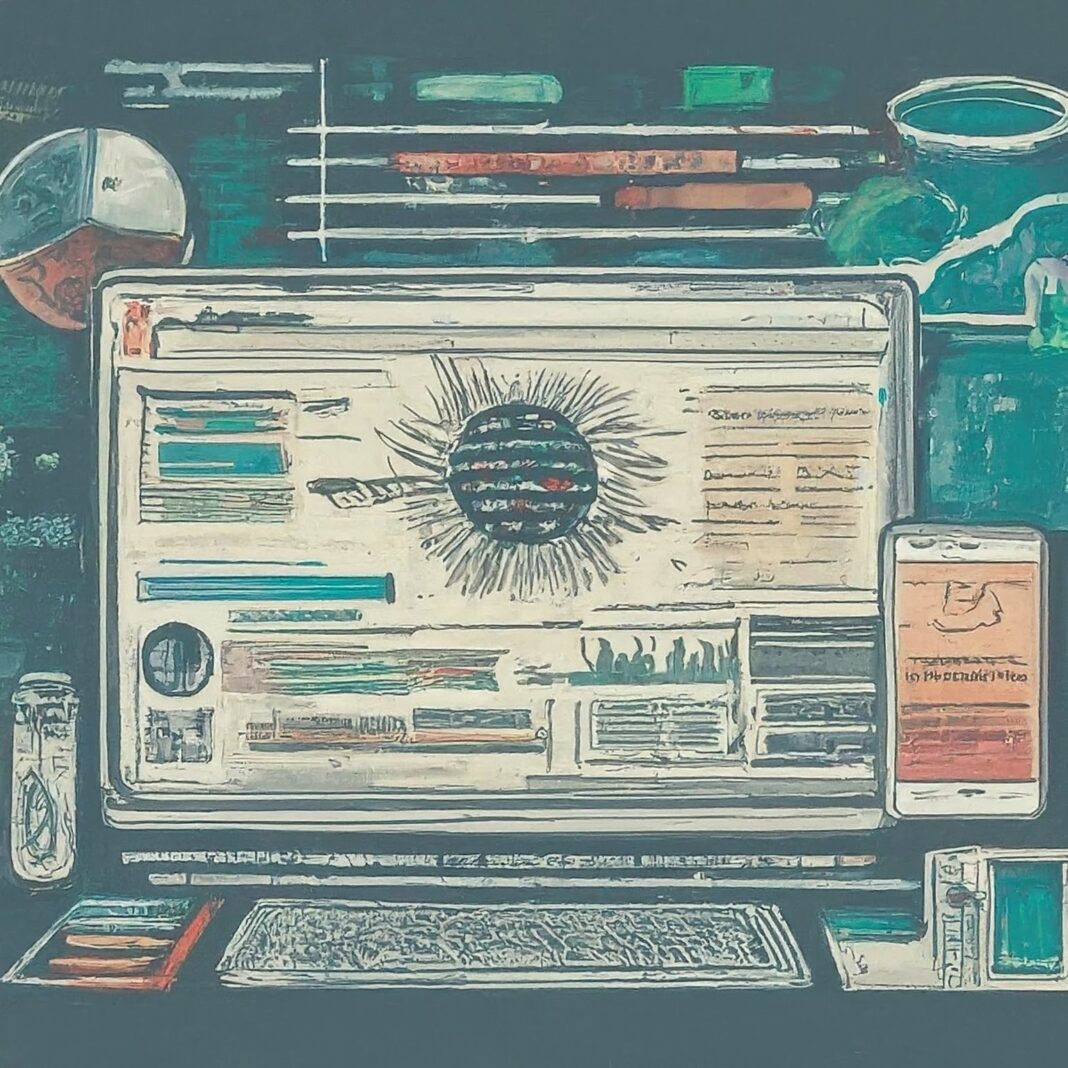Depression is a serious issue and is also the most common psychological disorder found in the Western world, and the number of people suffering with it is increasing daily. Doctors spend many hours diagnosing and treating patients with depression, but now they have just discovered that with a little help from our artificial intelligence friends they could cut down the amount of work they have and have the AI give the diagnosis.
Previously, scientists had difficulty in teaching systems learning that would involve a certain level of human interaction because everyone is so different. But, with categorizing the main symptoms of depression and focusing on teaching the AI to learn these, the learning process could be much more successful than first envisioned.
By focusing on speech patterns including vowel spacing, tone, inflection, and color in everyday conversations the team was able to program the AI to detect changes that would be more apparent in depression sufferers. This would bring a range of benefits to both doctors and patients as doctors would be free to carry out more complex tasks, and the depression may be detected at a much earlier stage giving the patient a much better chance of a swift recovery.
The real key to this type of artificial intelligence teaching is through the use of several individual computing nodes all programmed differently to imitate certain properties of the human brain. Because these neural networks are very agile, intelligent and highly scalable, not only could the artificial intelligence learn how to detect depression by look and sound, but they could also be taught to detected other states of minds and personality traits such as someone who is very egotistical or someone who is very chatty. Eventually, the robots would be so highly trained that they would be able to detect both verbal and body language just as well as a trained doctor.
In order for the research to go further, the robots would need to be able to pass a Turing Test. A Turing Test is when a robot and a human have a conversation, and the robot has to determine if it is, in fact, talking to a person or one of its own – a computer. If it passes this test, then we could well be seeing a robot the next time we have to visit the doctor instead of the old guy with a white beard that is usually there.
Artificial intelligence is advancing at an incredible rate, and it is important that as well as embracing all the great things they do that we also keep an eye on the potential not so good things that could come of them also. Once we have the correct balance in place, they sky is the limit for what we can achieve while working with this kind of technology. With the introduction of these super-smart but friendly AI, there are sure to be many more amazing developments coming our way, so watch this space.
Source; IEEE
More News To Read
- Reaction Engines Gets One Step Closer To Orbit With SABRE Engines
- United Global Efforts Reduce Pollution but CO2 Levels Are Still Too High
- Another Breakthrough Has Been Made With 3D Printed Tiny Cameras
- Nuclear Energy Tax Could Soon Be On the Cards
- Family Of The “Tesla Autopilot Crash Victim” Hired a Personal Injury Lawyer









